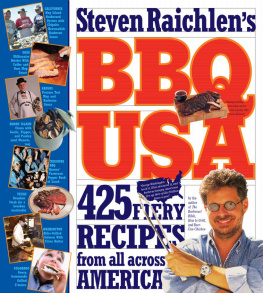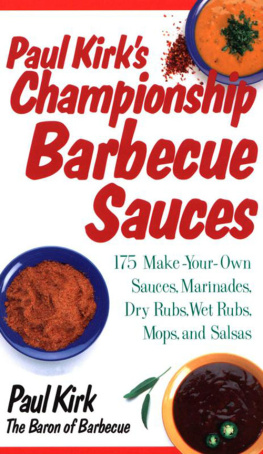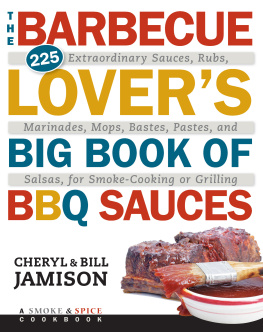Raichlen - Barbecue Sauces Rubs and Marinades: Bastes, Butters & Glazes, Too
Here you can read online Raichlen - Barbecue Sauces Rubs and Marinades: Bastes, Butters & Glazes, Too full text of the book (entire story) in english for free. Download pdf and epub, get meaning, cover and reviews about this ebook. year: 2017, publisher: Workman Publishing, genre: Home and family. Description of the work, (preface) as well as reviews are available. Best literature library LitArk.com created for fans of good reading and offers a wide selection of genres:
Romance novel
Science fiction
Adventure
Detective
Science
History
Home and family
Prose
Art
Politics
Computer
Non-fiction
Religion
Business
Children
Humor
Choose a favorite category and find really read worthwhile books. Enjoy immersion in the world of imagination, feel the emotions of the characters or learn something new for yourself, make an fascinating discovery.

- Book:Barbecue Sauces Rubs and Marinades: Bastes, Butters & Glazes, Too
- Author:
- Publisher:Workman Publishing
- Genre:
- Year:2017
- Rating:5 / 5
- Favourites:Add to favourites
- Your mark:
- 100
- 1
- 2
- 3
- 4
- 5
Barbecue Sauces Rubs and Marinades: Bastes, Butters & Glazes, Too: summary, description and annotation
We offer to read an annotation, description, summary or preface (depends on what the author of the book "Barbecue Sauces Rubs and Marinades: Bastes, Butters & Glazes, Too" wrote himself). If you haven't found the necessary information about the book — write in the comments, we will try to find it.
Barbecue Sauces Rubs and Marinades: Bastes, Butters & Glazes, Too — read online for free the complete book (whole text) full work
Below is the text of the book, divided by pages. System saving the place of the last page read, allows you to conveniently read the book "Barbecue Sauces Rubs and Marinades: Bastes, Butters & Glazes, Too" online for free, without having to search again every time where you left off. Put a bookmark, and you can go to the page where you finished reading at any time.
Font size:
Interval:
Bookmark:
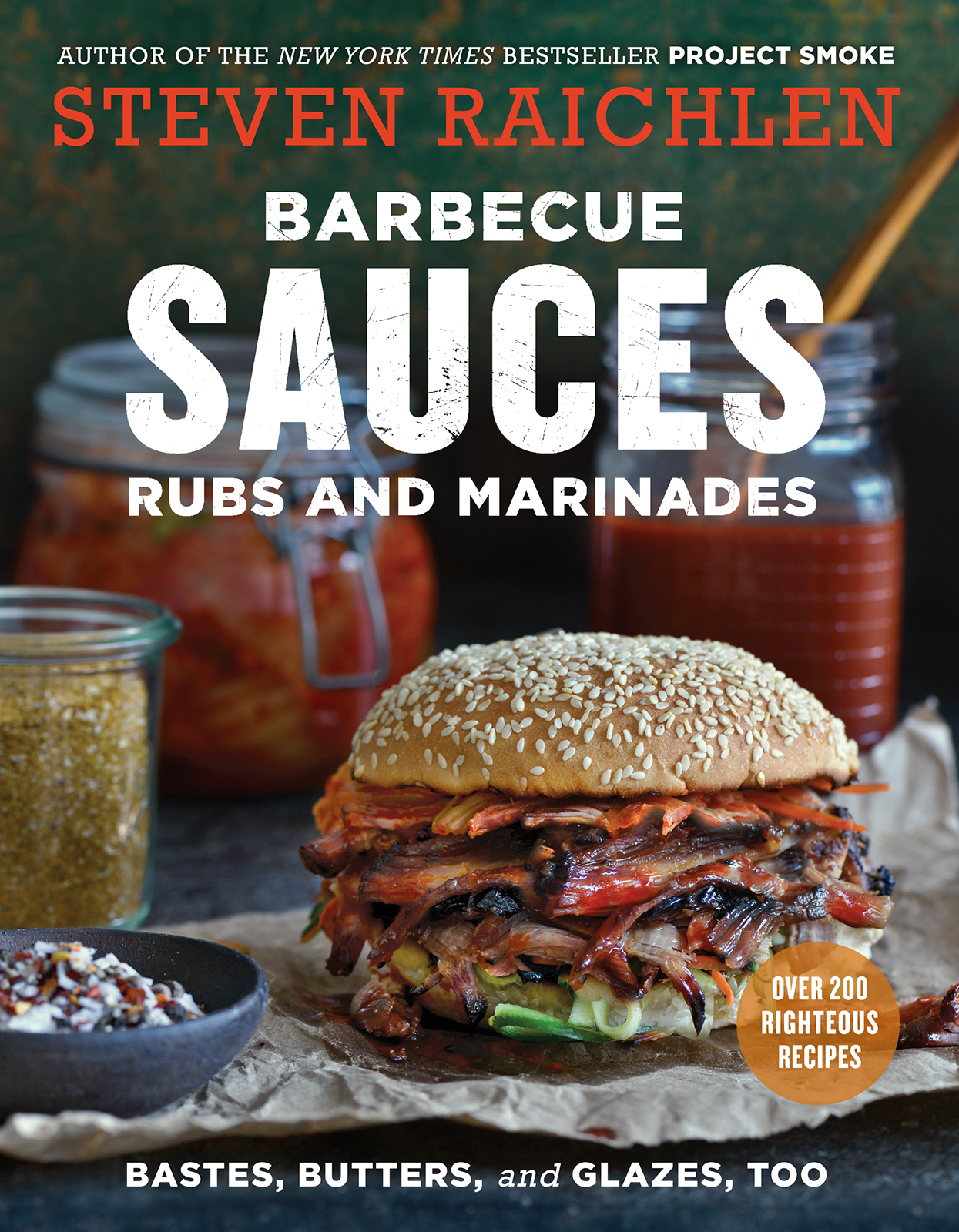
BARBECUE
SAUCES
RUBS AND MARINADES
BASTES, BUTTERS, and GLAZEs, TOO
STEVEN RAICHLEN
Workman Publishing
New York
To Suzanne Rafer, dotter of is, crosser of ts, and my longtime editor and friend at Workman Publishing, whose editorial finesse is surpassed only by her impeccable taste in books!
Acknowledgments
No man is an island and no book is written alone. The best part of writing a book is thanking the people who helped make it possible:
Editorial: Suzanne Rafer, Susan Bolotin, Dan Reynolds, Kate Karol, Beth Levy, Molly Kay Upton, and Joanna Eng
Art: Becky Terhune (design), Anne Kerman (photo editor), Matthew Benson (photographer), Nora Singley (food stylist), Sara Abalan (prop stylist), Doug Wolff (production), Barbara Peragine (type)
Culinary: Robb Bass (fire wrangler and recipe tester) and Chris Lynch (chef)
Publicity: Rebecca Carlisle and Selina Meere
Keeping the home fires burning: Jake Klein; Betsy, Ella, Mia, and Julian Berthin
A huge thanks to my indefatigable assistant, recipe tester, and editor extraordinaire, Nancy Loseke
And last, but certainly not least: my amazing wife, Barbara, from whom emanate all the good things that happen to me.
Steven Raichlen
Miami, Florida

Contents
Introduction:
Building Better Barbecue: The Flavor Factor
Introduction
Building Better Barbecue
The Flavor Factor
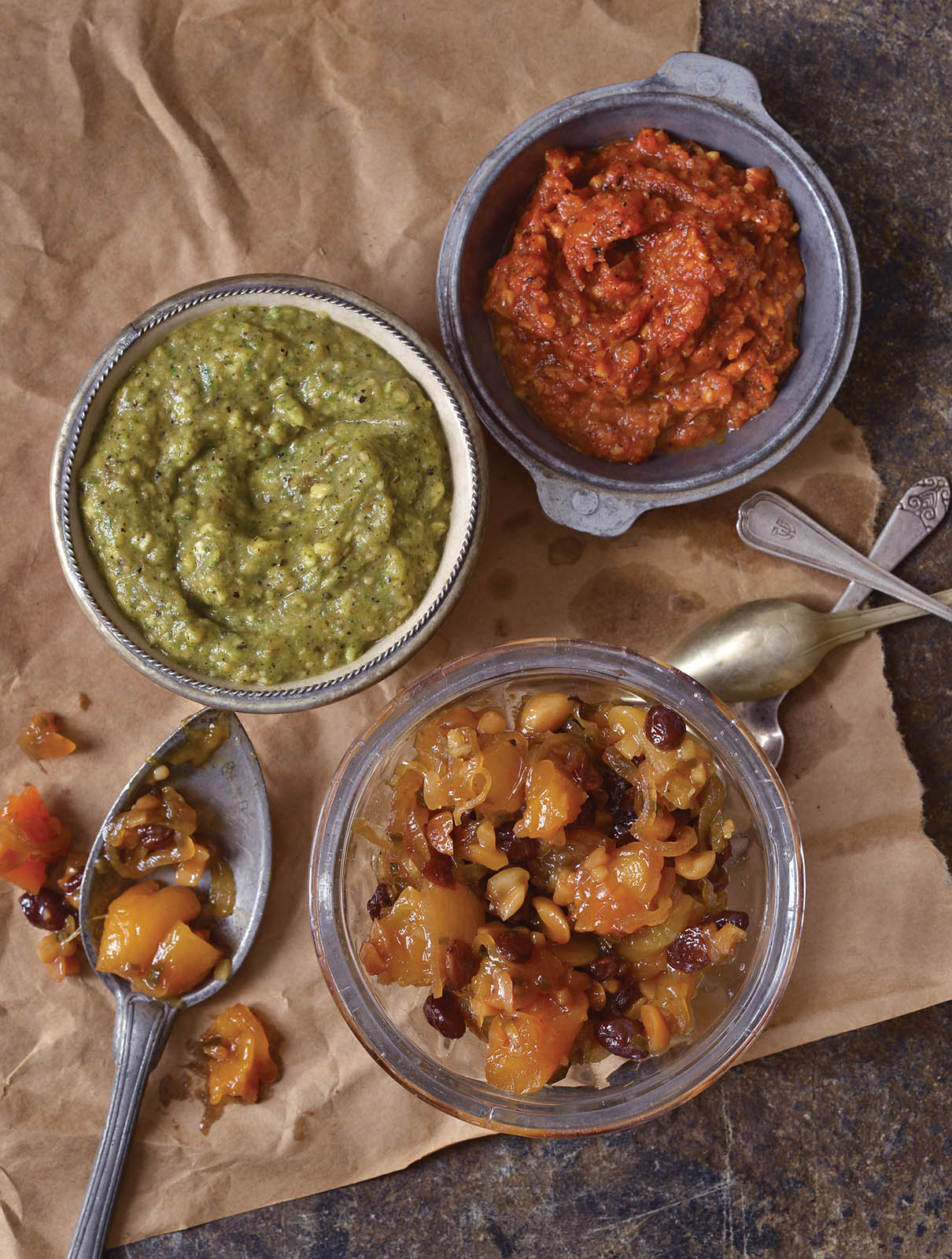
T heyre the foundation of world-class barbecue, the cornerstones on which unforgettable live-fire flavors are built. Im talking about the barbecue sauces, rubs, spice pastes, marinades, and mops that transform ordinary grilled meats and seafood into barbecue of the highest distinction. Theyre the essential seasonings that give grilled fare its character, personality, and soul.
And theyre about to make you, the grill master, look like a million bucks.
One things for sure: Never has interest been keener in these not-so-subtle boosters of flavor. Spice and chile sales continue to skyrocket as we hunger for big-flavor foods that pack a wallop to the taste buds. In the realm of barbecue sauces, there are now literally thousands of different commercially bottled varieties to choose from.
Despite the proliferation of barbecue sauces, rubs, marinades, and bastes, a great deal of confusion surrounds them. Whats the difference between a dry rub and a wet rub? When do you use a spice mix or a marinade? How long should you marinate your favorite meat or seafood? Whats the best way to baste or glaze? When should you apply the barbecue sauce? What do fire masters in other countries serve with grilled fare? How do the pros use rubs, marinades, and sauces to make championship barbecue every time?
This book explores the answers to these and other questions. For rubs, marinades, and sauces can make all the difference between serviceable grilled fare and world-class barbecue. Theres no shortage of commercial versions of all of these, and many will produce tasty results. But if you want to express your culinary creativity to its fullest, youll want to concoct your own.
First, a word about nomenclature. Oceans of ink have been spilled about the true meaning of barbecue. To some, its a catchall term for anything cooked on a grill or in a pit. For others, barbecue refers to a specific type of meat (usually pork or beef ) cooked by means of an equally distinctive cooking techniquelong, slow smoking with indirect fire. Yet others use the word barbecue to describe a cooking device (the so-called barbecue grill), a dish (pulled pork in North Carolina, for example, or brisket in Texas), or even a cookout.
In Miami, where I live, and on the American East and West Coasts in general, barbecue refers to any sort of food cooked with live fire. The method can be direct or indirect. This is the way I use the term in this book. I acknowledge that this isnt the way certain Texans, Kansans, and North Carolinians see matters, but for the sake of expediency, please work with me.
A Strong Foundation
A nyone can grill a steak or smoke a brisket. But cooking great barbecue involves an intimate knowledge of fuels and fire control as well as considerable expertise in using rubs, marinades, bastes, glazes, and sauces. In a way, the process is similar to building a house. The contractor has to know how to select a site, dig a foundation, build a frame, do the finishing work, paint, decorate, and landscape, using the proper tools and construction methods.
Building great barbecue also requires the right tools (smokers and grills), the proper methods (smoke and heat control), a solid foundation (the rubs and marinades), good finish work (the bastes and glazes), attractive paint (the barbecue sauce), and pleasing landscaping (the salsas, relishes, chutneys, mustards, ketchups, and other condiments served as accompaniments). Get these elements right and your barbecue will be very much at home on the plate, on your tongue, and in your belly.
Not every dish requires all of these elements. That would be overkill. But a lot of traditional American barbecue (Kansas City-style ribs, for example) features a soak in a marinade, a dusting with a rub, a generous basting during cooking, a glaze during the final grilling, and a barbecue sauce for serving.
Some years ago, I had the opportunity to watch one of the most decorated teams on the American barbecue competition circuitApple City from Murphysboro, Illinoisprepare the ribs that won the grand championship at the Memphis in May World Championship Barbecue Cooking Contest. The process was illuminating! Each rack of ribs was painstakingly trimmed with a scalpel, then marinated overnight in a tenderizing bath of lemon juice and apple cider. No baby was ever toweled dry more gently than those ribs or more lovingly dusted with baby powder than the way the guys from Apple City sprinkled the bones with an eighteen-ingredient spice mix affectionately dubbed Magic Dust. (The formula is such a closely held secret, quipped the team captain, Pat Burke, that no team member knows more than three of the ingredients.)
Once in the smoker, the ribs were sprayed repeatedly with apple cider to keep them moist, re-seasoned with rub for extra flavor, and varnished with a barbecue sauceflavored with apple cider (what else?!)to give them a handsome sheen. Come time for the judging, the sauce was served on the side to allow the judges to experience the extraordinary flavor of the ribs without distraction.
Americans arent the only barbecue masters to make such elaborate use of marinades, bastes, and sauces. On one trip to New Delhi, I watched tandoori masters marinate lamb first in a tenderizing marinade of palm vinegar and lemon juice, then a flavorizing paste of yogurt, aromatics, and spices. The meat was basted with butter during grilling and served with mint and onion chutneys by way of barbecue sauce and a cooling yogurt dip called raita.
All this may sound complicated. It is complicated its supposed to bebut you neednt feel intimidated. As you read the chapters in this book, youll learn everything you need to know about rubs and seasonings, marinades and bastes, glazes and finishing sauces, barbecue sauces, relishes, and chutneys. Youll meet some of the greatest living practitioners of the art of live-fire cooking and youll learn how they use rubs, marinades, and sauces to create winning barbecue every time.
Next pageFont size:
Interval:
Bookmark:
Similar books «Barbecue Sauces Rubs and Marinades: Bastes, Butters & Glazes, Too»
Look at similar books to Barbecue Sauces Rubs and Marinades: Bastes, Butters & Glazes, Too. We have selected literature similar in name and meaning in the hope of providing readers with more options to find new, interesting, not yet read works.
Discussion, reviews of the book Barbecue Sauces Rubs and Marinades: Bastes, Butters & Glazes, Too and just readers' own opinions. Leave your comments, write what you think about the work, its meaning or the main characters. Specify what exactly you liked and what you didn't like, and why you think so.

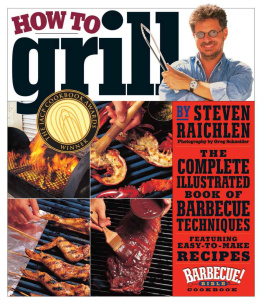
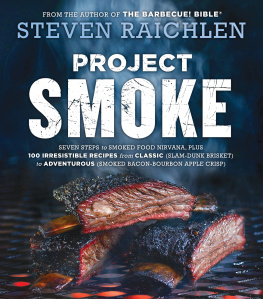
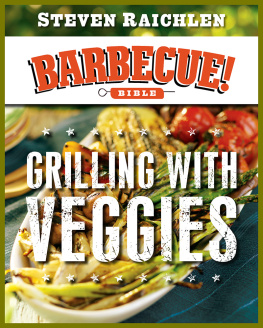
![Raichlen - Barbecue Sauces, Rubs, and Marinades—Bastes, Butters & Glazes, Too [eBook - Biblioboard]](/uploads/posts/book/229830/thumbs/raichlen-barbecue-sauces-rubs-and.jpg)
